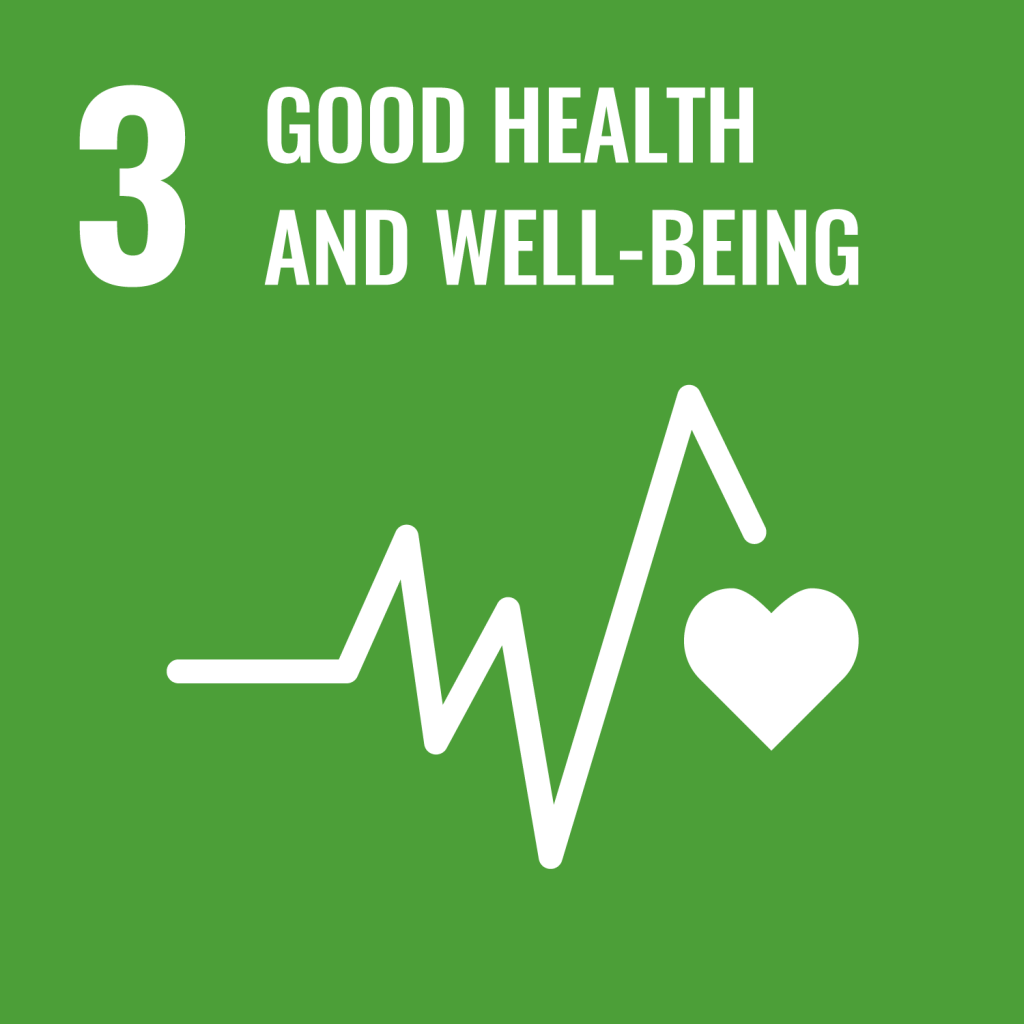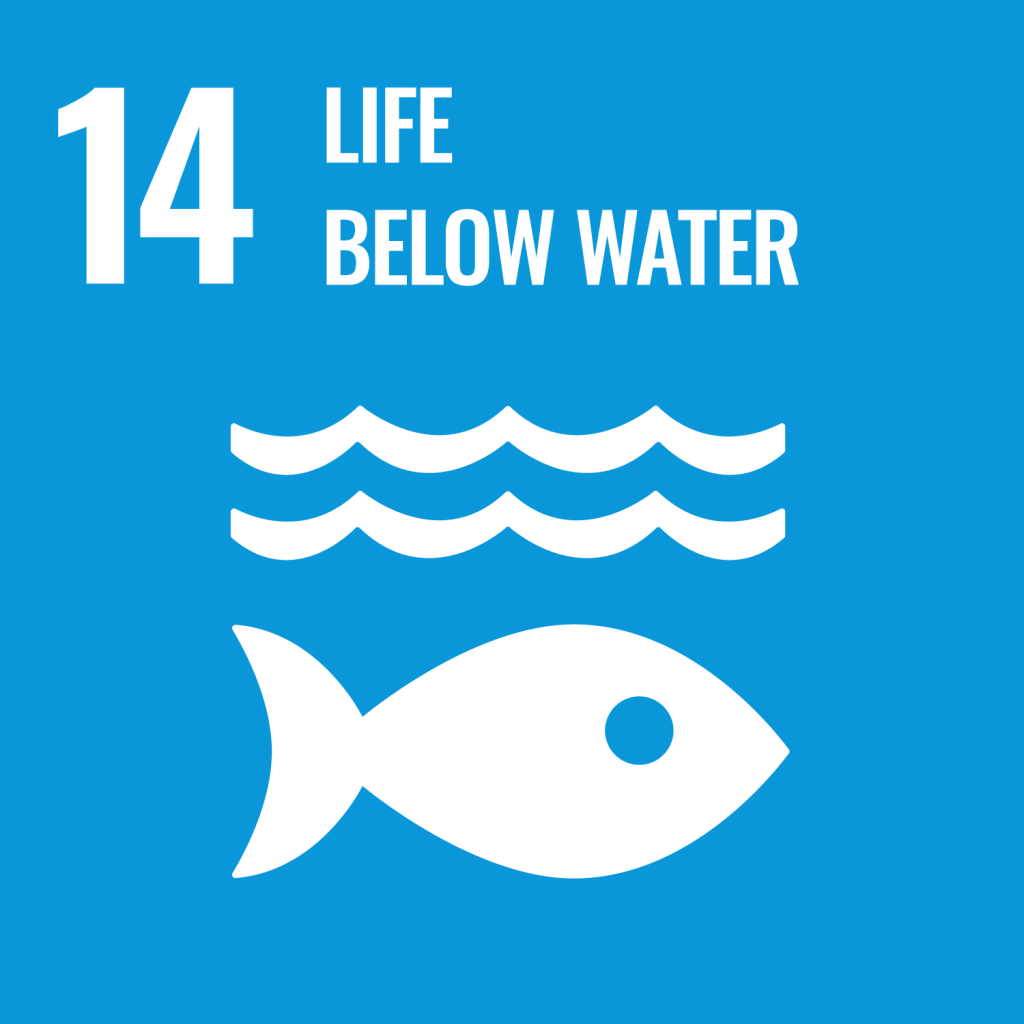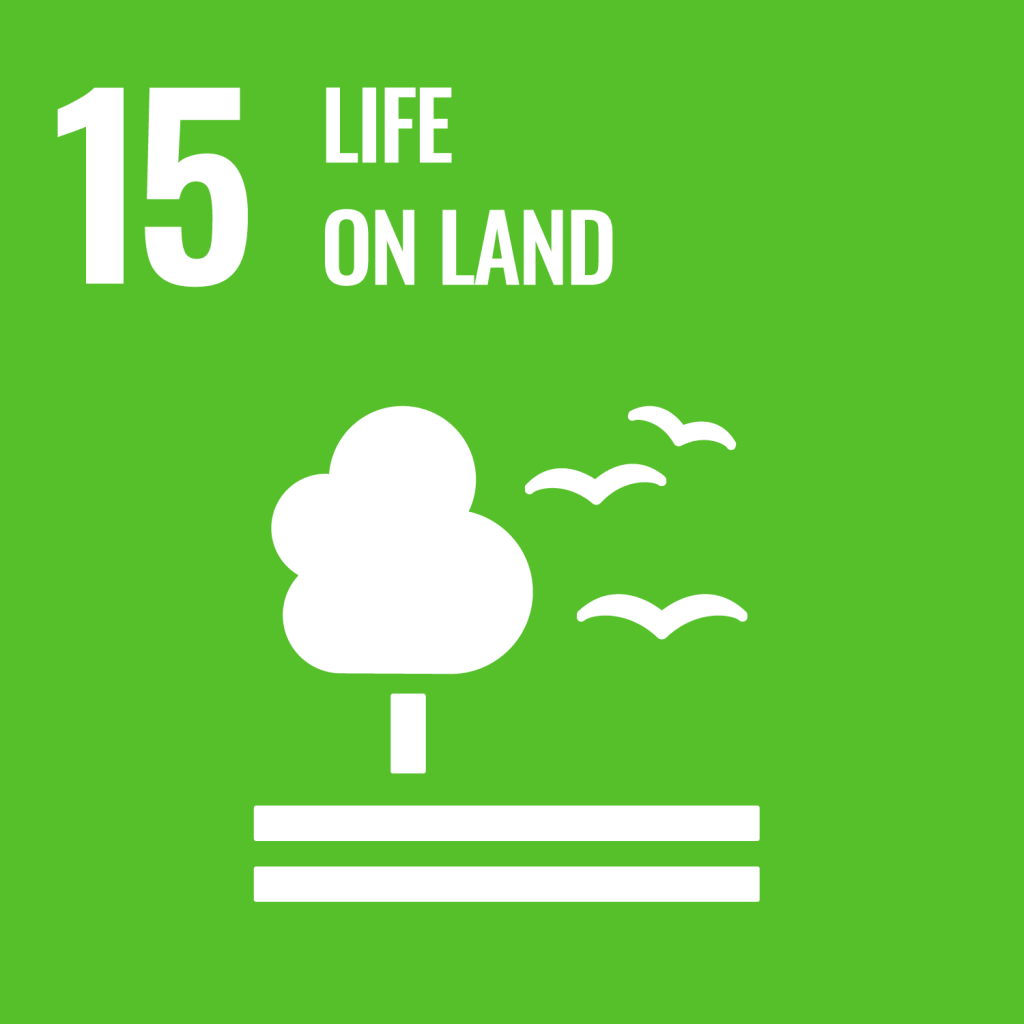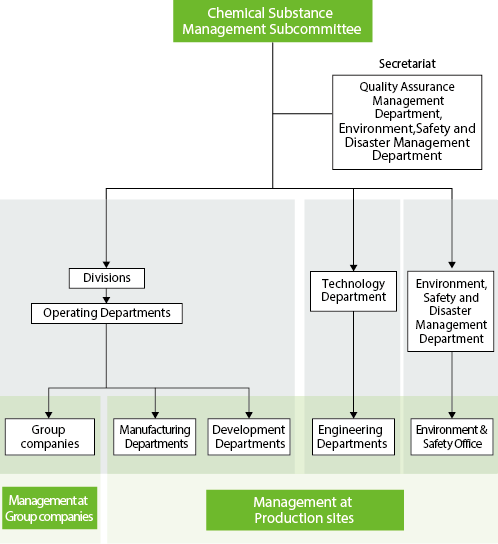Chemical Substance Management
- Related ESG :
- E





Policy and approach
Toyobo Group considers the proper management of chemical substances crucial for both product safety, which protects our customers, and site safety, which safeguards the environment as well as the people working at our production sites and research centers and the surrounding communities.
In terms of product safety, under the The Toyobo Group's Basic Policy on Product Safety and Quality Assurance, we are striving to properly manage chemical substances throughout the product life cycle, from research, development, design, manufacturing, and sales to use and disposal, in order to ensure product safety and comply with chemical substance regulations in countries around the world.
In terms of place safety, under the TOYOBO Group Fundamental Policy on the Global Environment, we set voluntary standards and reduction targets—stricter than legal regulatory limits—for chemical substances released into the atmosphere and water, thoroughly manage them to protect the global environment, prevent disasters, and ensure occupational safety and health, and actively work to reduce emissions.
Structure
To appropriately manage chemical substances, Toyobo Group has established management systems at each site and has each division oversee the activities of the sites under its jurisdiction.
In addition, we have established the TOYOBO Chemical Substance Management Classification in compliance with domestic and international laws and regulations, and client requirements. Chemical substances are classified into three ranks, with specific management procedures for each. Substances in rank A and B may only be handled after thorough risk assessment, implementation of mitigation measures, and confirmation that the risk is acceptable. The Group is also promoting more efficient use and substitution of rank A and B substances to reduce their usage.
Toyobo Group's chemical substance management structure

TOYOBO Chemical Substance Management Classification
| Rank | Management Category | Notes (laws and regulations, etc.) |
|---|---|---|
| A | Substances requiring particularly strict management | Chemical Substances Control Law: Act on the Regulation of Manufacture and Evaluation of Chemical Substances Industrial Safety and Health Act Poisonous and Deleterious Substances Control Act Act on the Protection of the Ozone Layer Through the Control of Specified Substances and Other Measures Act on Prohibition of Chemical Weapons and Control of Specific Chemicals POPs (treaty): Stockholm Convention on Persistent Organic Pollutants PIC (treaty): Rotterdam Convention on the Prior Informed Consent Procedure for Certain Hazardous Chemicals and Pesticides in International Trade RoHS: Restriction of the use of certain Hazardous Substances in electrical and electronic equipment etc. |
| B | Substances requiring strict management | Chemical Substances Control Law: Act on the Regulation of Manufacture and Evaluation of Chemical Substances Act on the Assessment of Releases of Specified Chemical Substances in the Environment and the Promotion of Management Improvement (PRTR Act) Industrial Safety and Health Act Poisonous and Deleterious Substances Control Act REACH: Registration, Evaluation, Authorisation and Restriction of Chemicals |
- *1
- Chemical Substances Control Law: Act on the Regulation of Manufacture and Evaluation of Chemical Substances
- *2
- POPs (treaty): Stockholm Convention on Persistent Organic Pollutants
- *3
- PIC (treaty): Rotterdam Convention on the Prior Informed Consent Procedure for Certain Hazardous Chemicals and Pesticides in International Trade
- *4
- RoHS: Restriction of the use of certain Hazardous Substances in electrical and electronic equipment
- *5
- REACH: Registration, Evaluation, Authorisation and Restriction of Chemicals
- *6
- PRTR: Pollutant Release and Transfer Register
Product Safety Management
Initiatives
Chemical substance regulation compliance
In Japan, regulations on chemical substance management, such as the Chemical Substances Control Law and the Industrial Safety and Health Act, are becoming increasingly stringent each year. Globally, regulations are also being strengthened in many countries. In response, the United Nations established the Globally Harmonized System of Classification and Labelling of Chemicals (GHS) to promote the safe handling, transport, and disposal of chemical substances and to facilitate international trade.
In light of this situation, the Group utilizes chemical substance management systems to accurately and promptly conduct regulatory surveys in each country, manage information on procured items, and respond to customers.
We provide information on chemical substances contained in our products to our business partners by using chemSHERPA®*, a common scheme led by the Ministry of Economy, Trade and Industry to efficiently convey information on chemical substances in products throughout the supply chain.
- *
- A scheme that facilitates sharing information on chemical substances in products led by the Ministry of Economy, Trade and Industry
Green procurement
We prioritize procurement of raw materials with a low environmental impact, and work with business partners who take a proactive approach to protecting the environment. To this purpose, we have established our Group-wide Green Procurement Standards (selection standards for suppliers and selection standards for materials) in Green Procurement Guidelines, which are made known to our suppliers and widely available on our website.
With regard to chemical substance management, we survey suppliers to determine whether their materials contain any controlled substances under the TOYOBO Chemical Substance Management Classification and ensure compliance with various chemical substance regulations, including EU RoHS Directive and REACH Regulation.
Supplier monitoring
Our Group has established "CSR Procurement Guidelines", and we ask our business partners to cooperate in initiatives that support the development of a sustainable society throughout the supply chain. "CSR Procurement Guidelines" also includes the above-mentioned promotion of green procurement.
In addition, we conduct a CSR procurement survey based on the CSR Procurement Guidelines to evaluate CSR-related risks within our supply chain. For suppliers identified as having issues in the survey, we request corrective actions. Please refer to the following items for the latest survey results and the corresponding measures taken.
Participating in initiatives
We also participate in Joint Article Management Promotion-consortium (JAMP) for the smooth disclosure and transmission of information on chemical substances contained in products in supply chain.
Place safety management
Targets and results
The Group has set reduction targets for environmental pollutants, aiming to cut emissions to the atmosphere by 60% compared with fiscal 2015 levels, and emissions to water bodies by 80% compared with fiscal 2024 levels, and is working toward achieving these targets by fiscal 2031.
| Category | Initiatives | Targets (FY2031) | Results (FY2025) | Progress (FY2025) |
|---|---|---|---|---|
| Atmosphere | VOC emissions (Japan total) | 60% reduction (compared to FY2015) | 86% reduction | Exceeding plan |
| Water | Discharge of hazardous substances into water (Japan total) | 80% reduction (compared to FY2015) | 41% reduction | Exceeding plan |
Japan Total: TOYOBO CO., LTD. and domestic consolidated subsidiaries
In fiscal 2022, we succeeded in reducing emissions into the atmosphere by 60%, compared to fiscal 2015. This was due to an operation of VOC recovery equipment at several plants.
Emissions of environment pollutants into water also reduced by 71% compared to fiscal 2015.
Initiatives
Compliance with the Pollutant Release and Transfer Register Act (PRTR Law)
Toyobo Group calculates and reports the amount of emissions and transfers of chemical substances subject to the PRTR Act at each site to reduce the release of hazardous chemicals. We analyze the overall results published by Ministry of the Environment annually and use the findings to reduce our own emissions and transfers.
To achieve emission reductions, we are improving and upgrading production equipment and facilities, optimizing operating conditions, installing systems to remove relevant substances, and adopting substitute raw and auxiliary materials.
Initiatives for preventing air and water pollution
Toyobo Group complies with environmental regulations set by national and local governments, as well as environmental conservation agreements. In addition, we set and manage voluntary standards for gases and water discharged from our business sites and plants that are stricter than legal requirements where necessary.
We have installed monitoring systems within our production processes and use various environmental protection technologies, including our in-house VOC treatment equipment, to remove harmful chemical substances from exhaust gases and wastewater at our production sites. We also strive to improve manufacturing processes to minimize the use and emissions of these substances.
Efforts to prevent water pollution
At the Iwakuni Production Center, we are working on recovering solvents used in the manufacturing process. Recently, by reviewing the solvent recovery method, the recovery rate has improved significantly, leading to a reduction in the amount of chemical substances in wastewater. We will continue to examine and implement further measures to prevent water pollution.
The recovered solvents are purified and reused, contributing to further resource circulation.






